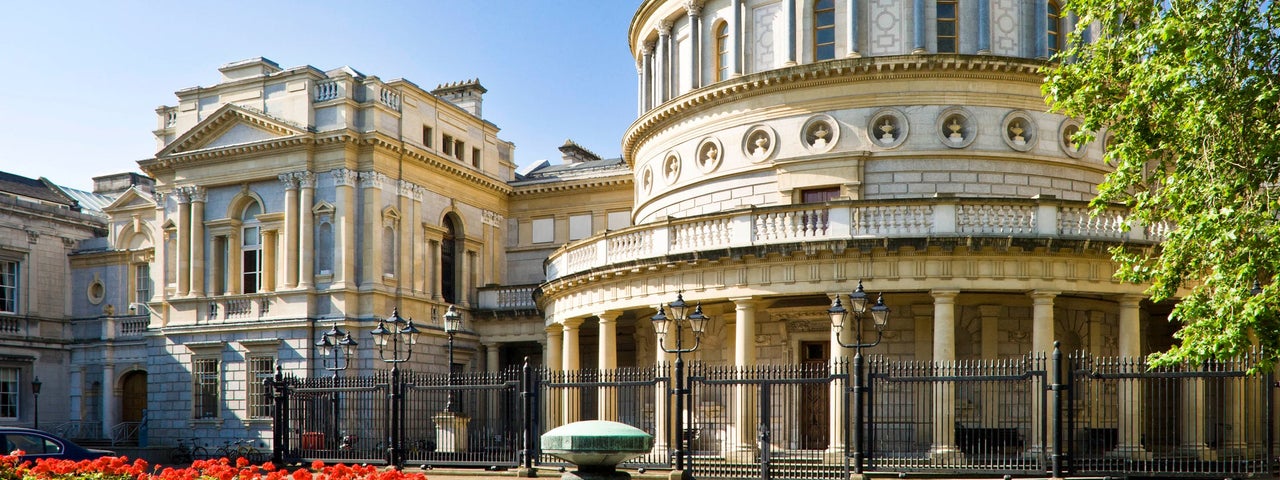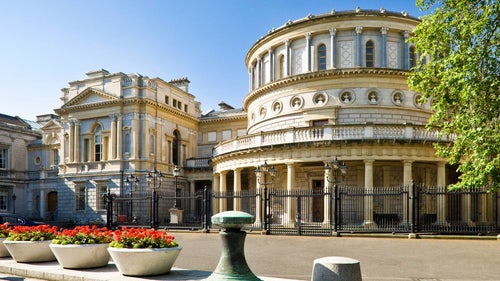April 'Highlights of the National Museum of Ireland - Archaeology' Tours
Wed, 2 Apr - Sat, 26 Apr
National Museum of Ireland, Kildare Street


The National Museum of Ireland, Kildare Street which is located in Dublin City, first opened its doors in 1890 and since then it has been a must see attraction for its extensive archaeological collections.
Take time at The Treasury which features outstanding examples of Celtic and Medieval art, such as the famous Ardagh Chalice, the Tara Brooch, St Patrick's Bell and the Derrynaflan Hoard.
Gaze in wonder at the finest collection of prehistoric gold artefacts in Europe, which is to be found in Ór - Ireland's Gold. The collection of prehistoric goldwork ranges in date between 2200 BC and 500 BC. Most are pieces of jewellery and the precise function of some is unknown.
Ramble through Prehistoric Ireland and see a reconstructed passage tomb as well as tools, pottery and personal objects of the Neolithic farmers, including a beautifully decorated flint mace head from Knowth.
The Viking Ireland exhibition explores the Viking Age in Ireland through surviving objects, including objects from Viking graves of the 9th and 10th centuries and from settlement sites of the 10th to 12th centuries. At the centre of the exhibition is a display of finds from the museum’s excavations in Dublin, at Wood Quay, the most important Viking site in Ireland.
Medieval Ireland 1150-1550 documents life in Ireland in the age of cathedrals, monasteries and castles. The exhibition contains three galleries entitled Power, Work and Prayer, reflecting the three fold division of medieval society - nobles, common people and clergy.
See Clontarf 1014 - This ground breaking exhibition explodes myths and presents the evidence we have for what actually happened at Clontarf. Viking and Irish weapons, typical of those used in the battle, feature alongside hoards of precious silver objects and religious treasures.
The fascinating Kingship and Sacrifice exhibition centres on a number of bog bodies dating back to the Iron Age. Displayed along with other bog finds from the museum's collections, it offers you an opportunity to come face to face with your ancient ancestors.
Other exhibits include Ancient Egypt and Ceramics & Glass from Ancient Cyprus.
Please note, second floor of museum is not wheelchair accessible. Download an activity sheet for the kid's to enjoy on their visit.
Wed, 2 Apr - Sat, 26 Apr
National Museum of Ireland, Kildare Street
Sat, 5 Apr - Fri, 25 Apr
National Museum of Ireland, Kildare Street
Fri, 11 Apr - Sat, 26 Apr
National Museum of Ireland, Kildare Street
Sat, 12 Apr - Sat, 26 Apr
National Museum of Ireland, Kildare Street
Wed, 16 Apr 10:30
National Museum of Ireland, Kildare Street
Wed, 16 Apr
National Museum of Ireland, Kildare Street
Sat, 5 Apr - Fri, 25 Apr
National Museum of Ireland, Kildare Street
Fri, 11 Apr - Sat, 26 Apr
National Museum of Ireland, Kildare Street
Sat, 12 Apr - Sat, 26 Apr
National Museum of Ireland, Kildare Street
Wed, 2 Apr - Sat, 26 Apr
National Museum of Ireland, Kildare Street